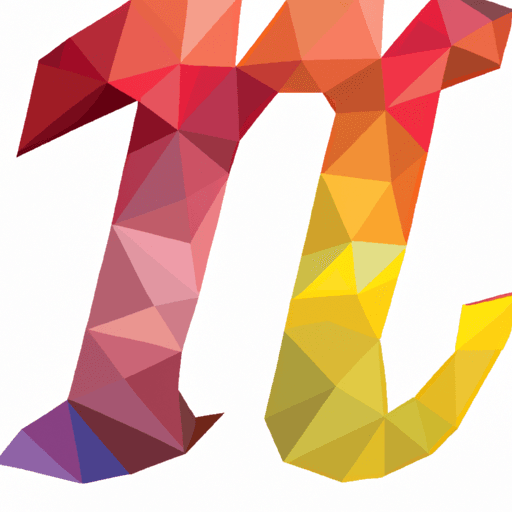
The Joy of Pi
Hard

This experiment will explore the ratio between the error in estimating pi using polygons with different numbers of sides. As the number of sides increases, the ratio approaches the square of the inverse of the ratio of the number of sides.
Hypothesis
The hypothesis is that the ratio between the error in determining pi using by inscribing polygons within and circumscribing polygons about a circle with (km) sides and that obtained using polygons with (kn) sides will approach (n/m)^2 as k increases.
Method & Materials
You will develop formulas to determine the perimeters of the regular polygons inscribed within and circumscribed about a circle. You will estimate pi by using the expression: (X(sin(180/X) + X(tan(180/X))) / 2, and calculate the error in estimating pi using polygons with the formula: error = ((X(sin(180/X) + X(tan(180/X))) / 2) - pi.
You will need formulas to determine the perimeters of the regular polygons inscribed within and circumscribed about a circle, and a calculator.
Results
The results of the experiment showed that the graphs were consistent with the hypothesis. As the number of sides increased, the error ratio approached the square of the inverse of the ratio of the number of sides.
Why do this project?
This science project is interesting because it explores the ratio between the error in estimating pi using polygons with different numbers of sides.
Also Consider
Experiment variations to consider include changing the number of sides of the polygons, or changing the diameter of the circle.
Full project details
You can find additional information and details for this science fair project here. Have fun exploring!Share this Science Project:
Related Science Fair Project Ideas
Discover how to create beautiful shapes and images using simple geometric shapes and mathematical formulae.
Hard
What happens when a sine function is added to a circle? Find out in this project!
Hard
Explore which shapes can tile an infinite plane and why! Build pentominoes, heptiamonds, wheelbarrow, and kite #n# dart pairs to discover the most efficient shape for tiling.
Hard
Share this Science Project:
